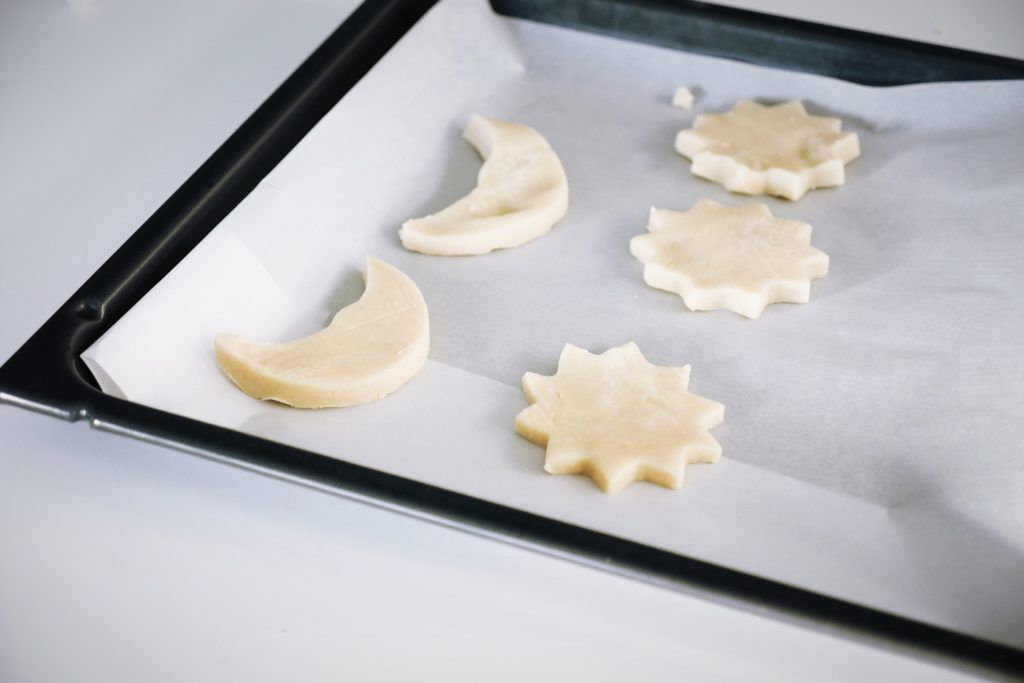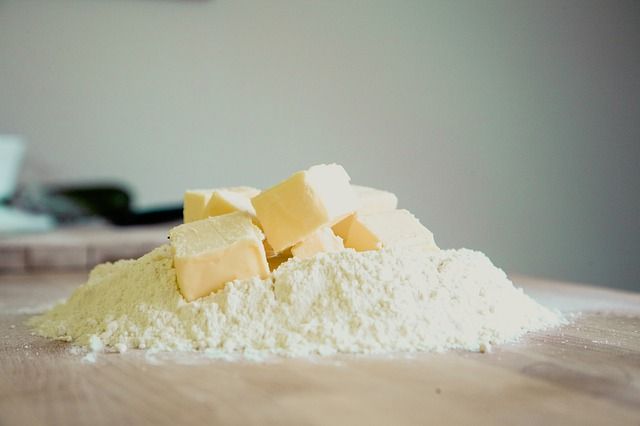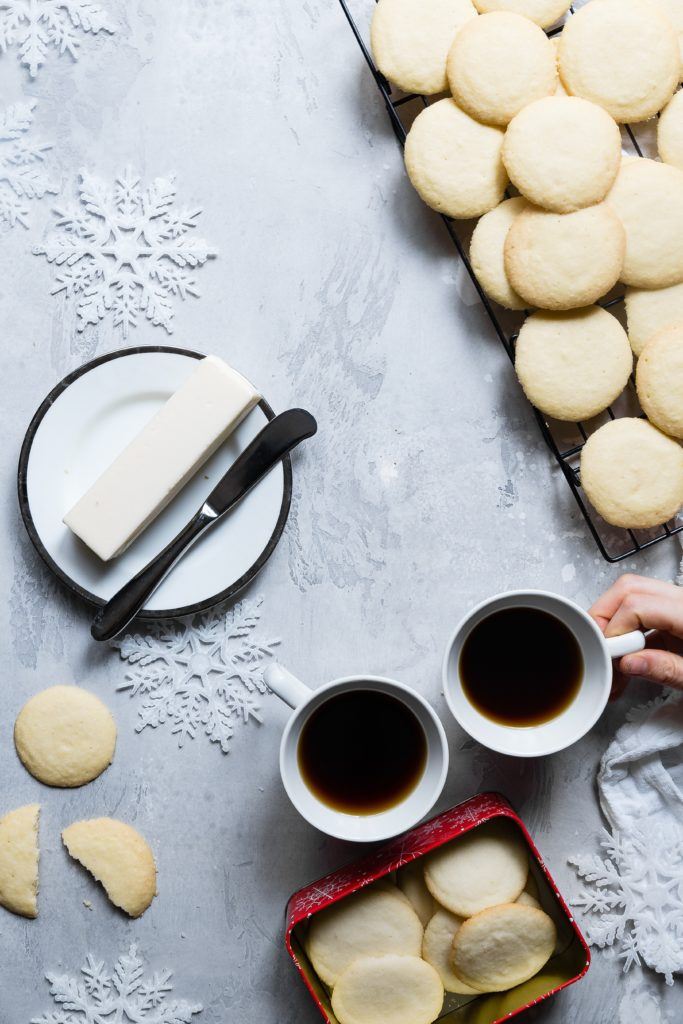It’s no secret that grandmothers tend to bake some of the best cookies. Of course, their recipes have been passed down to them generation after generation, and each respective family member has added their own flair to make it just right. Now, this coveted recipe has been passed down to you.
Excited to recreate those famous cookies, you look at the recipe and realize it calls for something called “shortening.” But what is shortening?
You check the recipe again and see that it doesn’t require butter. Is “shortening” simply another word for butter? Or perhaps it’s another form of margarine? Is there perhaps any substitute for shortening?
Knowing what shortening is, and when to use another ingredient instead, is actually very crucial to creating the flavor and texture that you want while baking.
Let us take a look at what exactly shortening is first.
Contents
What is Shortening?
Shortening is basically hydrogenated vegetable oil. When it was first created, it was synonymous with lard, and indeed, still shares many of the same qualities as lard.
They are both semi-solid fats that contain more fat content than normal butter or margarine (they are 100 percent fat as opposed to butter or margarine’s 85 percent fat). However, shortening is easier to keep, as it requires no refrigeration.
While you may have concerns about its fat content, particularly over its trans fat content, not to worry. There are also various low trans-fat variants available, most notably the American brand Crisco.
Shortening creates a flaky texture in pies and tarts, and will make cookies crispier if that is what you want. As it contains no water or milk products that are prone to splatter, it is also a safer alternative to frying foods.
Shortening Replacements
Say you still do not want to use shortening for your cookies. It is possible to use a shortening replacement such as butter or margarine, as these provide more flavor and a softer texture in most baked goods.
By using a substitute for shortening in cookies, for example, your cookies would appear slightly darker and spread out more as they bake. It is therefore advised to use a combination of butter and shortening to form the shape or texture of cookie that you want.
Keep in mind that you cannot simply substitute butter for shortening in equal portions. Because of the differing fat contents of both shortening and butter, the flavors and/or textures of your baked goods will simply not be the same if you just swap one for the other.
Fortunately, it is very easy to calculate how much you can substitute one for the other.
Keep in mind that the best and most accurate way to measure an ingredient is by measuring its weight in grams rather than using volume measurements such as cups, tablespoons, etc. It makes the math that much simpler.
Substituting Shortening for Butter
Say you have a cookie recipe that calls for ½ cup of shortening, but you want to use butter or margarine instead. First, you want to weigh how many grams that ½ cup of shortening is, by using a scale. It will come out to about 52 grams worth of shortening.
Next, you will want to multiply that weight by 1.25 grams to result in how much butter you will need to substitute. By using the cookie example, you will end up needing 65 grams worth of butter as a shortening replacement.
Finally, you will need to multiply the weight of the butter by 0.15 to calculate how much you will need to subtract from the recipe. Too much butter could thin out your cookies more than you may want, after all.
Here is a visual representation of the math done above:
The recipe calls for ½ cup shortening.
Weight of shortening in grams: 52 grams.
52 x 1.25 = 65 grams of butter.
65 x 0.15 = 9.75 grams of excess butter.
9.75 rounded up is 10 grams of excess butter.
65 – 10 = 55 grams of butter needed.

Substituting Butter for Shortening
Of course, you may want to also change a recipe that calls for butter and use shortening instead. The math for this is also quite simple, and also uses grams as a substituting measurement.
Say a cookie recipe calls for two sticks of butter. After weighing the sticks, they end up being about 226 grams.
First, you would multiply the weight of the butter by 0.8 grams to get 180.8 grams of shortening. Of course, rounded up, this would mean you then have 181 grams of shortening.
Then you would multiply the butter’s weight by 0.15 grams, which gives you 33.9 grams, or, rounded up, 34 grams.
This measurement accounts for the amount of milk or water you need to add that would make up for the loss of water from the butter the recipe would have otherwise called for.
Here is a visual representation of the math done above:
The recipe calls for 2 sticks of butter.
Weight of butter in grams: 226 grams.
226 x 0.8 = 180.8 grams.
180.8 rounded up is 181 grams of shortening needed.
226 x 0.15 = 33.9 grams.
33.9 grams rounded up is 34 grams of milk or water needed to make up for the loss of water from the butter.
Getting these measurements wrong will not result in the recipe turning out badly, but rather, will give your cookies a different texture and look depending on which it is you substituted.
Whether you want your cookies chewier or crispier all depends on which you choose to use.
Do you have any tips on using a shortening replacement?






